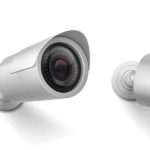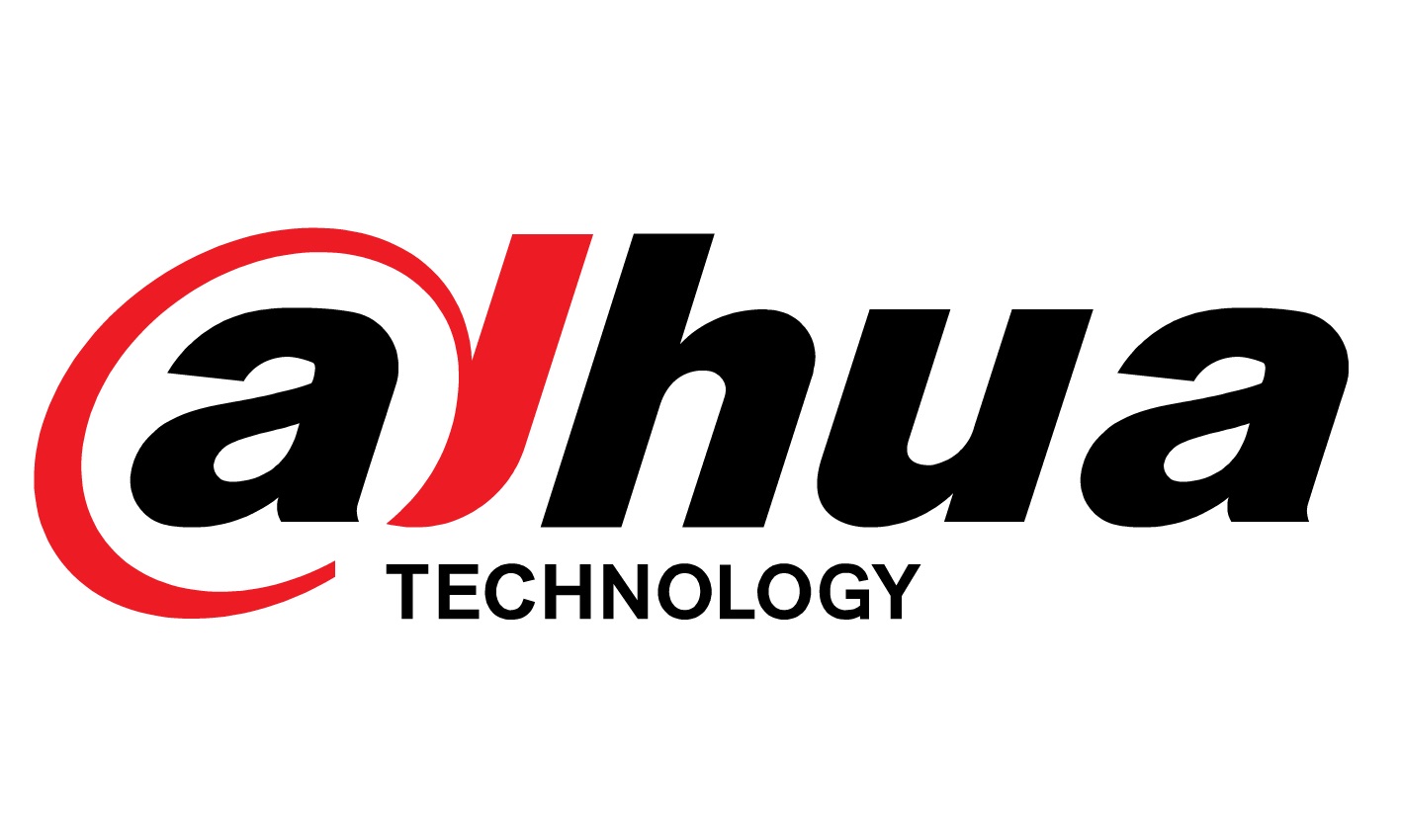 To protect remote workers and ensure robust data protection and cybersecurity, organizations need to deploy a multi-layered approach that encompasses various security solutions.
To protect remote workers and ensure robust data protection and cybersecurity, organizations need to deploy a multi-layered approach that encompasses various security solutions.
1. End-to-End Encryption Solutions
- Use Case: Secure sensitive data during transmission between remote workers and company servers.
- Details: Encryption ensures that even if data is intercepted, it cannot be read without the corresponding decryption key.
- Recommended Solutions: Signal for encrypted messaging, ProtonMail for encrypted email, and NordLocker for encrypting files.
2. Identity and Access Management (IAM)
- Use Case: Manage user identities and regulate access to resources within the organization.
- Details: Includes single sign-on (SSO), role-based access control, and privileged access management.
- Recommended Solutions: Okta, Microsoft Azure Active Directory, and OneLogin.
3. Secure File Sharing and Collaboration Tools
- Use Case: Allow remote workers to share files and collaborate securely.
- Details: Provide secure platforms that offer file sharing and collaboration without compromising data security.
- Recommended Solutions: Dropbox Business, Box, and Google Workspace.
4. Intrusion Detection and Prevention Systems (IDPS)
- Use Case: Monitor network and system activities for malicious behavior and policy violations.
- Details: IDS provides alerts while IPS takes action to prevent or mitigate security threats.
- Recommended Solutions: Snort, Palo Alto Networks, and Cisco Secure IDS/IPS.
5. Next-Generation Antivirus and Anti-Malware Software
- Use Case: Protect remote workers’ devices from malware, ransomware, and other cyber threats.
- Details: Utilizes traditional signature-based detection along with behavioral analysis and machine learning.
- Recommended Solutions: Bitdefender GravityZone, ESET Endpoint Security, and Sophos Intercept X.
6. Mobile Device Management (MDM) and Endpoint Protection
- Use Case: Manage and secure mobile devices used by remote workers.
- Details: Allow IT teams to enforce security policies, remotely wipe data on lost devices, and ensure device compliance.
- Recommended Solutions: VMware Workspace ONE, MobileIron, and Microsoft Intune.
7. Remote Desktop Services with Integrated Security
- Use Case: Provide remote access to work environments with embedded security measures.
- Details: Offer secure remote desktop connections, typically involving multifactor authentication and encrypted sessions.
- Recommended Solutions: TeamViewer, Splashtop, and Citrix Virtual Apps and Desktops.
8. Cloud Access Security Brokers (CASBs)
- Use Case: Security policies enforcement and visibility across multiple cloud services.
- Details: Control data movement and user activity in cloud applications, offering anomaly detection and compliance assessments.
- Recommended Solutions: McAfee MVISION Cloud, Netskope, and Microsoft Cloud App Security.
9. Network Security Solutions
- Use Case: Protect the organizational network in which remote workers operate.
- Details: Includes firewalls, secure gateways, and network segmentation to protect against unauthorized access and data breaches.
- Recommended Solutions: Fortinet Secure SD-WAN, Cisco Meraki MX, and Palo Alto Networks Next-Generation Firewalls.
10. Security Awareness Training Platforms
- Use Case: Educate employees about cybersecurity risks and safe practices.
- Details: Platforms offer training courses, phishing simulations, and resources to keep employees informed on best security practices.
- Recommended Solutions: KnowBe4, Proofpoint Security Awareness Training, and Cybrary.
Conclusion
Balancing productivity and security in a remote work environment is a challenge that requires deploying various integrated security solutions. These recommendations offer a mix of preventative and reactive security measures designed to protect remote workers and an organization’s data. It’s vital to regularly update policies, maintain software, and provide ongoing training to ensure the security ecosystem adapts to new threats as they arise.


 Dome CCTV Cameras
Dome CCTV Cameras Bullet CCTV Cameras
Bullet CCTV Cameras Day & Night CCTV Cameras
Day & Night CCTV Cameras C-Mount CCTV Cameras
C-Mount CCTV Cameras

